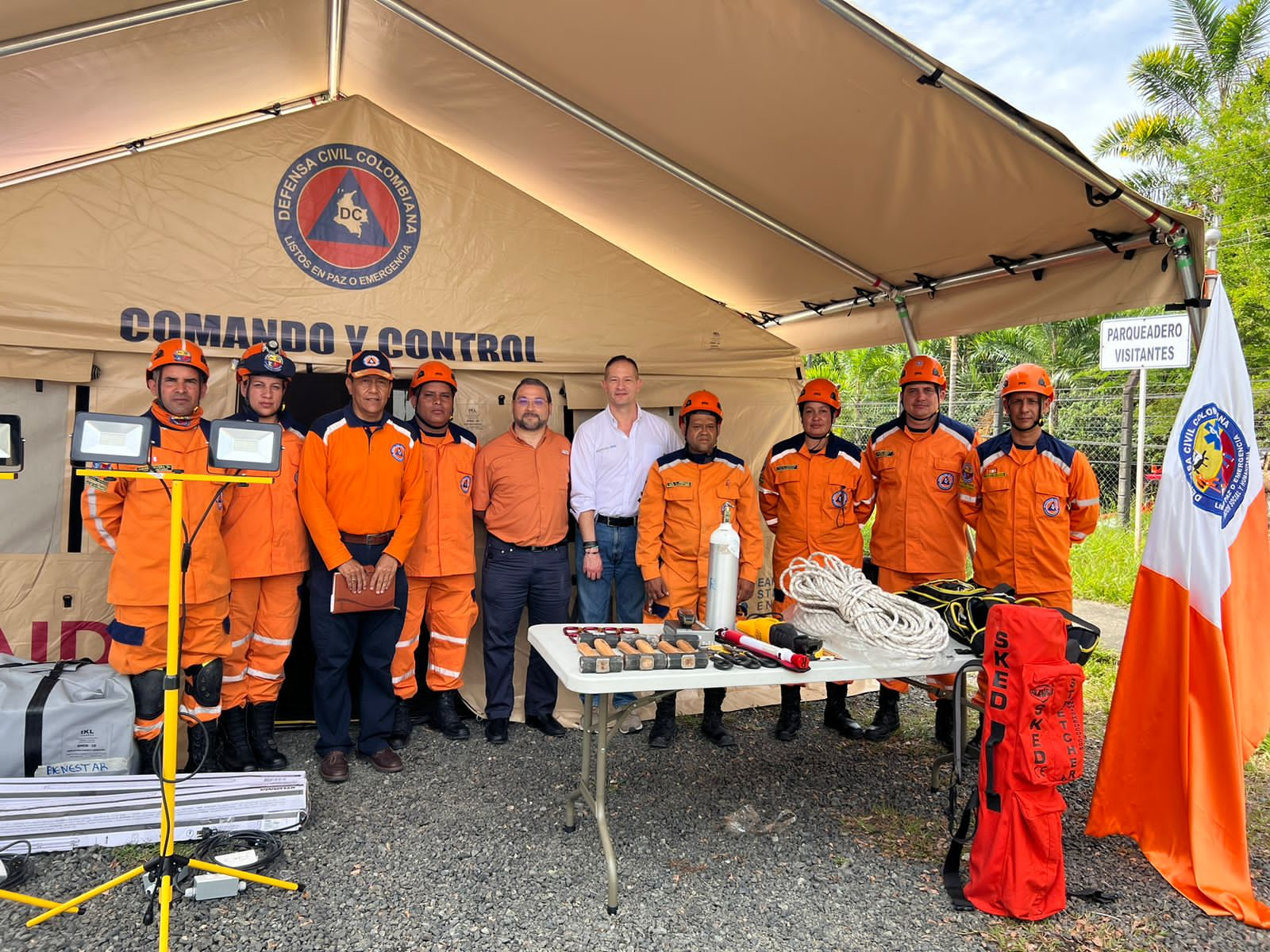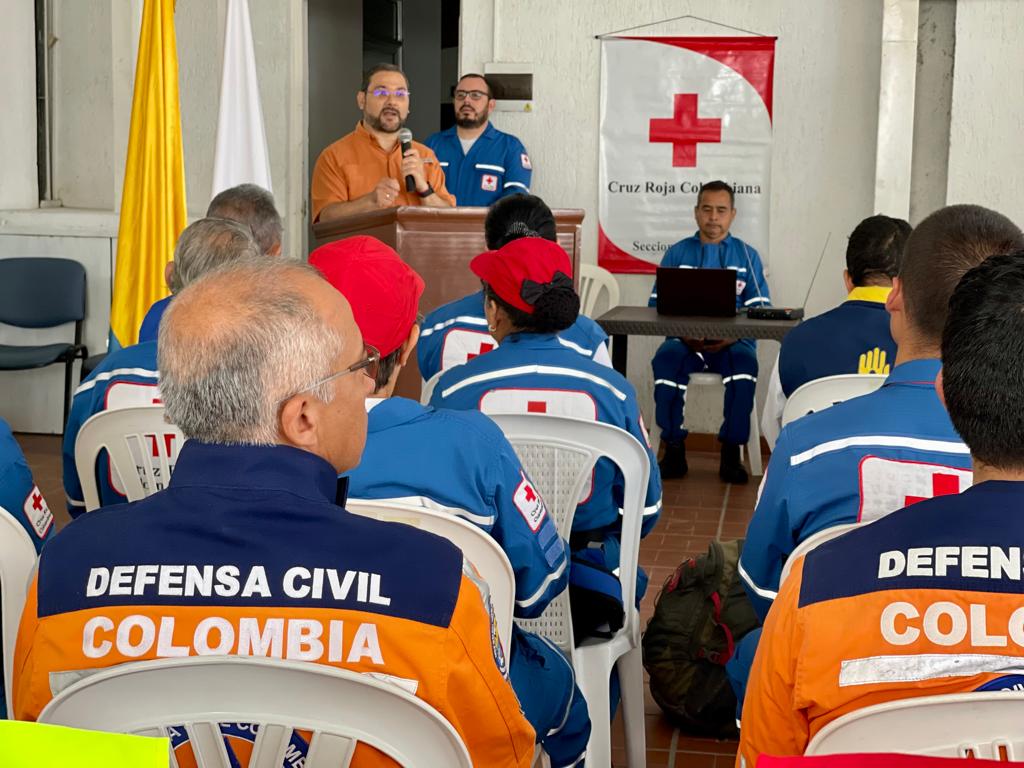Written by: Jaime Eraso
Colombia is in a geographical area where various natural threats converge. Some of these threats have recently increased in intensity and scope due to climate change and historically, some have had a limate change and, historically, some have had a considerable impact on human and economic losses. Despite the significant efforts made by Colombian authorities to mitigate these adverse effects, positioning Colombia as a reference in the region, there are still weaknesses, gaps, and needs that are far from being resolved.
It is in this context that the USAID/BHA PREPARE program, in collaboration with Miyamoto International, has been contributing since 2016 in two regions of the country by implementing actions aimed at strengthening the emergency response capacity of the authorities responsible for disaster risk management and search and rescue teams. This has been achieved through a broad vision acquired by Miyamoto over many years of technical and humanitarian assistance in disasters worldwide.
 Results of extraordinary commitment between authorities and communities in the program implementation.
Results of extraordinary commitment between authorities and communities in the program implementation.Miyamoto’s experience and technical capacity through the PREPARE program have facilitated a better understanding of risk, threat, and vulnerability involving local, regional, and national authorities, as well as emergency responders, the community, and the private sector. This has allowed each of these actors and others to identify the importance of their role in extensive disaster risk management. The training processes implemented within this framework integrated authorities and rescue personnel from various entities and geographical locations, promoting teamwork and camaraderie and operating under a common framework for emergency response in real-life situations.
Enhanced knowledge about the causes of natural threats, vulnerabilities, and risks specific to each region, along with the ability to interpret the results and findings of a technical risk estimation study more effectively, has provided relief agencies and risk management authorities with more effective tools to apply this knowledge in the formulation and implementation of risk management policies. This has resulted in increased effectiveness in risk reduction plans and programs.

Similarly, a greater understanding of threats and risks has enabled the community to better integrate with rescue teams, participating as members of community response brigades, as well as improving their own family emergency plans. The technical strengthening provided to urban rescue groups promoted and facilitated their accreditation under national and international regulations, ensuring a more efficient response to emergencies and proper coordination with other response groups.
Within this overall framework of strengthening, Miyamoto and the PREPARE program recognized the importance of enhancing psychosocial assistance and recovery for rescue groups and the community in emergencies. This led to the creation of interdepartmental working groups that will continue to develop capacities in the region.

This action-driven approach addressed the sustainability of the products and results generated and achieved in the program, promoting their institutionalization in the country’s risk management plans and official emergency response strategies ensuring their mandatory compliance.
The commitment of both authorities and the community to implementing these programs in the country has been extraordinary, demonstrating a consistent willingness to use the knowledge and tools acquired in a continuous improvement process. According to testimonials from some authorities and response groups, the program’s impact and support have been evident in the improvement of responses to several recent emergencies in the region.


